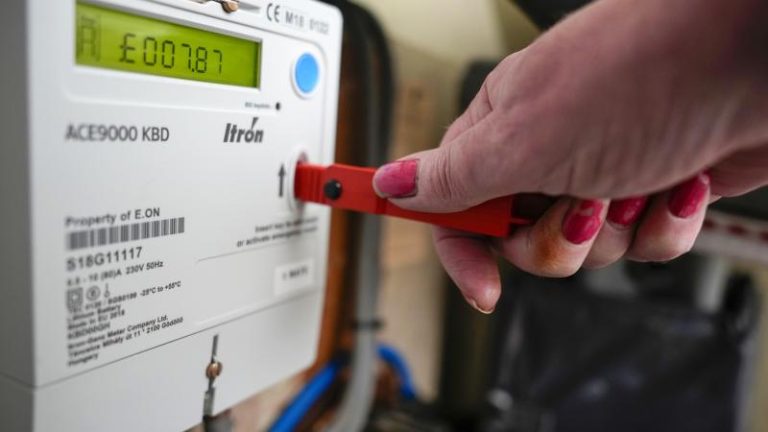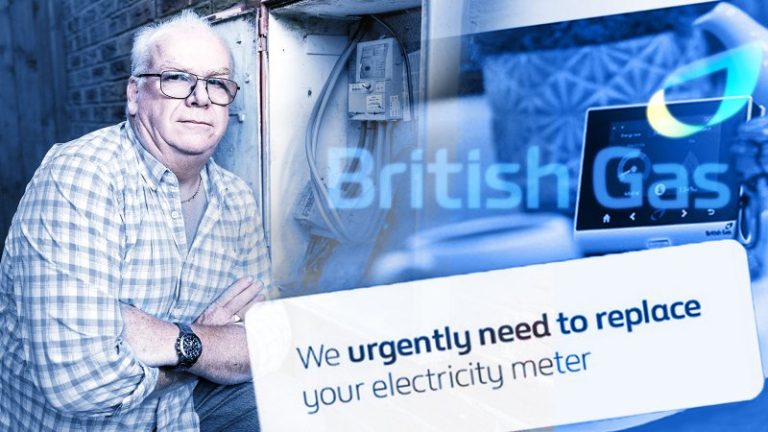Shake-up planned for renewable energy firms
A change in the way that renewable energy companies are paid for the power they produce has been put forward by the government in an effort to reduce the millions of pounds handed to generators to switch off.
The contracts for difference (CfD) scheme pays sustainable energy operators based on the amount of power they produce, which provides an incentive for generators to run at maximum capacity even when their electricity cannot be used because of transmission constraints on the grid.
The government has proposed changing the CfD scheme to a “deemed payment” structure or a capacity-based system, in its latest consultation on electricity market reform, both of which pay for a renewable asset’s potential to generate.
Deeming is the process of determining the maximum amount of generation an asset could in theory produce at any point in time reflecting “live” conditions like the weather. In a capacity-based CfD auction, developers would bid for a capacity payment on a pound per megawatt basis.
However, the government said the risk of the latter system is that projects that are cheaper to build could bid more competitively and be more likely to win contracts even if they are unlikely to deliver as much power, or deliver power at peak times, as comparable projects that cost more to build but might provide better value overall.
This would mean that rather than just being rewarded for discharging power onto the electricity grid, renewable energy companies will be incentivised to offer ancillary services such as refilling battery storage.
Wind farm operators are often paid to switch off their turbines when generation outstrips demand to prevent the electricity grid from being overloaded. So-called curtailment payments are based upon the amount of energy that a wind farm company says it will produce.
Tom Smout, a senior research associate at Aurora Research, said the benefit of a deeming CfD is that renewable power generators are encouraged to curtail when the price is below their cost of generating. “So they’re not being incentivised to generate at a loss,” he said.
It is thought that any changes to the CfD regime would not take effect until 2028 at the earliest, industry sources said.
An investigation by Bloomberg earlier this year suggested that some operators were overestimating their output, which boosts the amount of money they receive. The sum ultimately is recouped from consumers’ energy bills.
Reforms would provide motivation for generators to store power rather than discharging straight onto the market and then be paid to switch off. However, the government said that any approach based on deeming carried “a risk of gaming and overcompensation, as the circumstances in which assets would be paid, and the level of payment they would receive, is no longer based on an asset’s actual output, which is simple to measure and verify”.
“Assets would be able to profit at the expense of consumers if the deeming methodology was not accurate or fair, if they were able to manipulate the circumstances in which they would or would not receive payment, or if they were able to manipulate the level of deemed output calculated,” the government said in its consultation.






